Fishers, environmental groups fight massive LNG terminal in court
In the last two months, judges rejected approvals on three Gulf Coast methane facilities, sending them back to a federal agency for further review
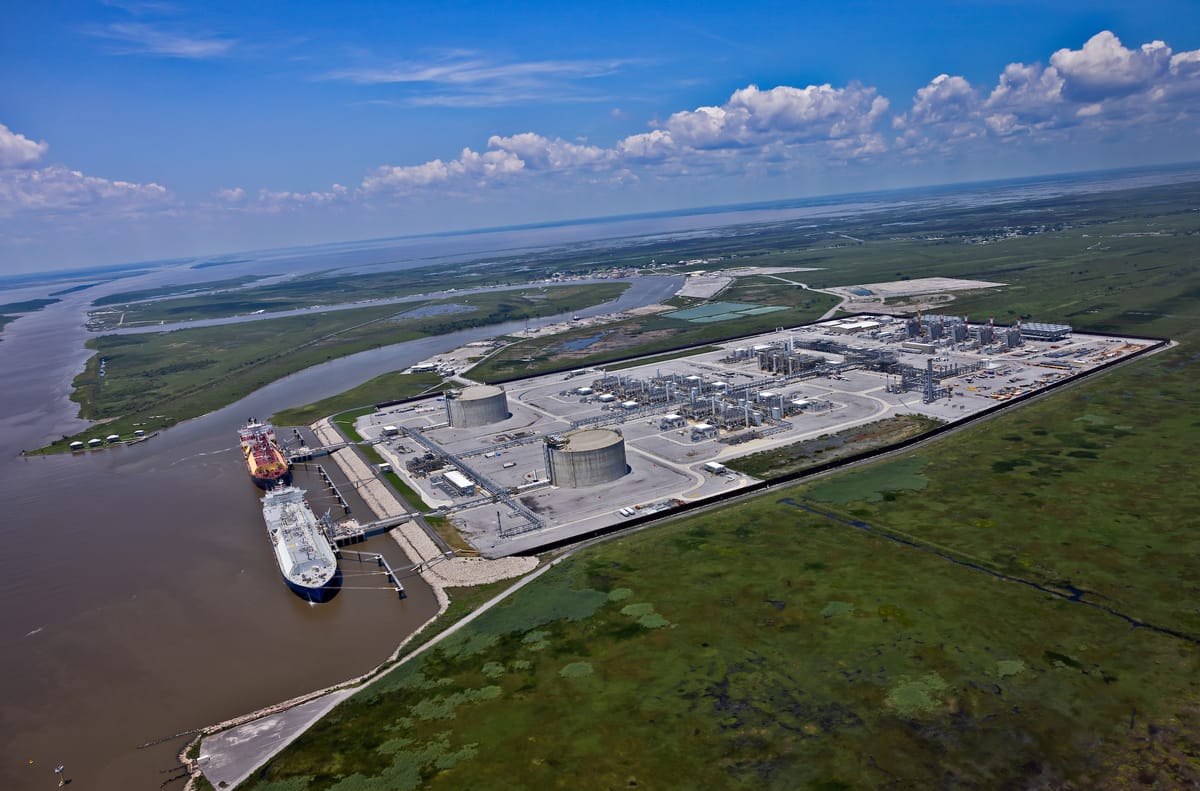
Published by the Louisiana Illuminator, WWNO
On the heels of recent court decisions forcing federal regulators to reconsider approvals of three liquefied natural gas terminals, the court is now being asked to do the same with a fourth — Venture Global’s proposed Calcasieu Pass 2 terminal in Louisiana.
On Sept. 4, environmental groups and residents filed two petitions asking the U.S. Court of Appeals for the D.C. Circuit to reject the June decision by the Federal Energy Regulatory Commission allowing the proposed $10 billion CP2 to be built.
Opponents of the plant in southwest Louisiana have labeled it a “carbon bomb” that would emit greenhouse gasses equivalent to 1.8 million gasoline-powered cars — more than the total number of vehicles registered in the entire state.
Since FERC approved CP2, the court in separate cases has remanded or vacated FERC's approval of the Rio Grande, Texas and Commonwealth LNG facilities. In rejecting FERC’s decisions on those terminals, the court cited inadequate review of their impacts on environmental justice, greenhouse gas emissions, air pollution and other factors.
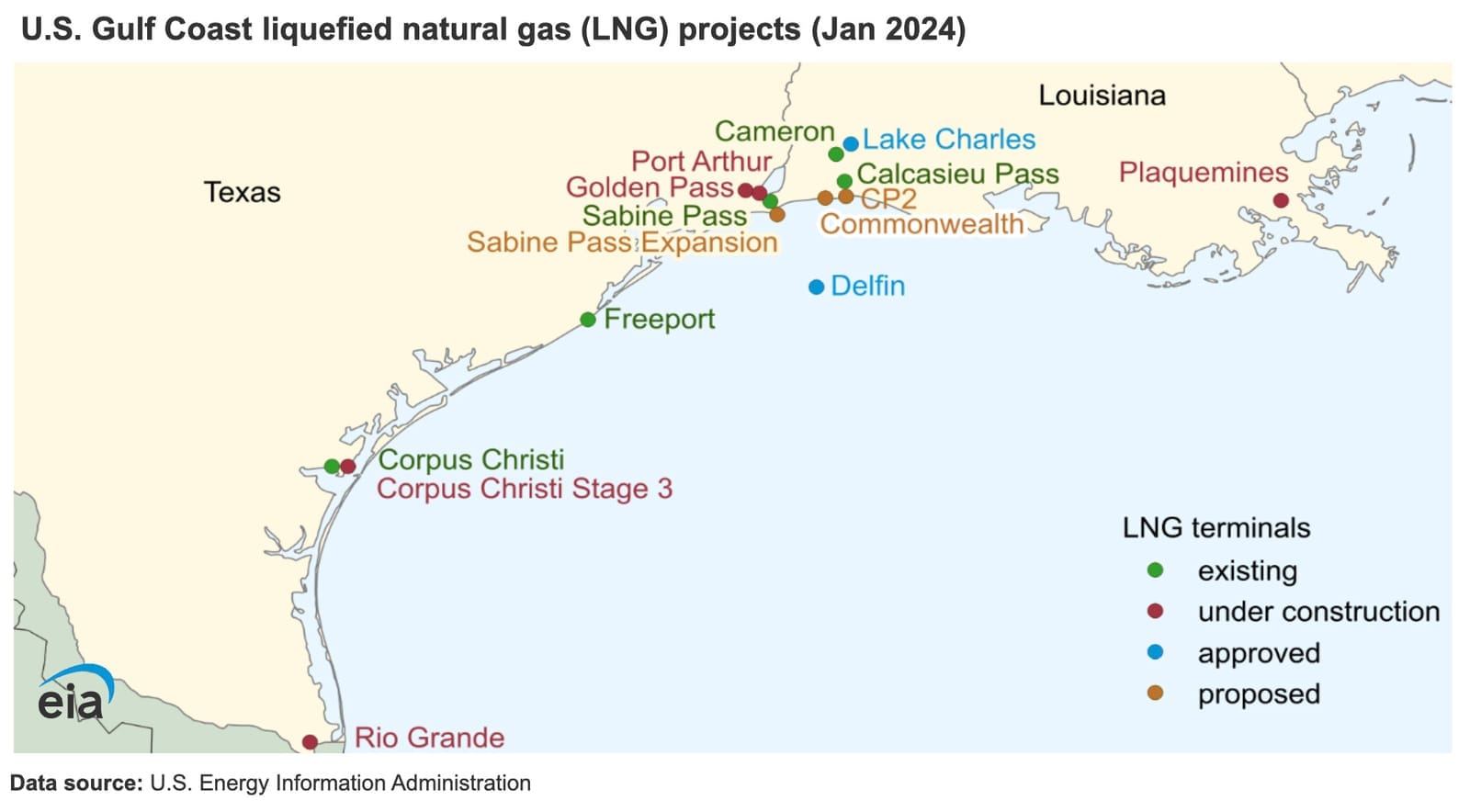
“In recent weeks, federal courts have repeatedly affirmed that methods like FERC used here are inadequate and unlawful. We think the Court will find, once again, that FERC did not do its job,” Nathan Matthews, senior attorney of the Sierra Club, said in a statement. The Sierra Club filed one of the petitions challenging the CP2 decision on behalf of Healthy Gulf, Louisiana Bucket Brigade and other environmental organizations.
Megan Gibson, senior attorney for the Southern Environmental Law Center, said FERC has done “little to no analysis of these incredibly dramatic impacts on the local community.” SELC filed a petition to overturn the CP2 approval on behalf of commercial fishers and landowners in the area.
“You know, aside from being unlawful,” Gibson said, “it shocks the conscience.”
FERC spokesperson Mary O’Driscoll said the commission does not comment on court- related matters. Venture Global did not respond to a request for comment.
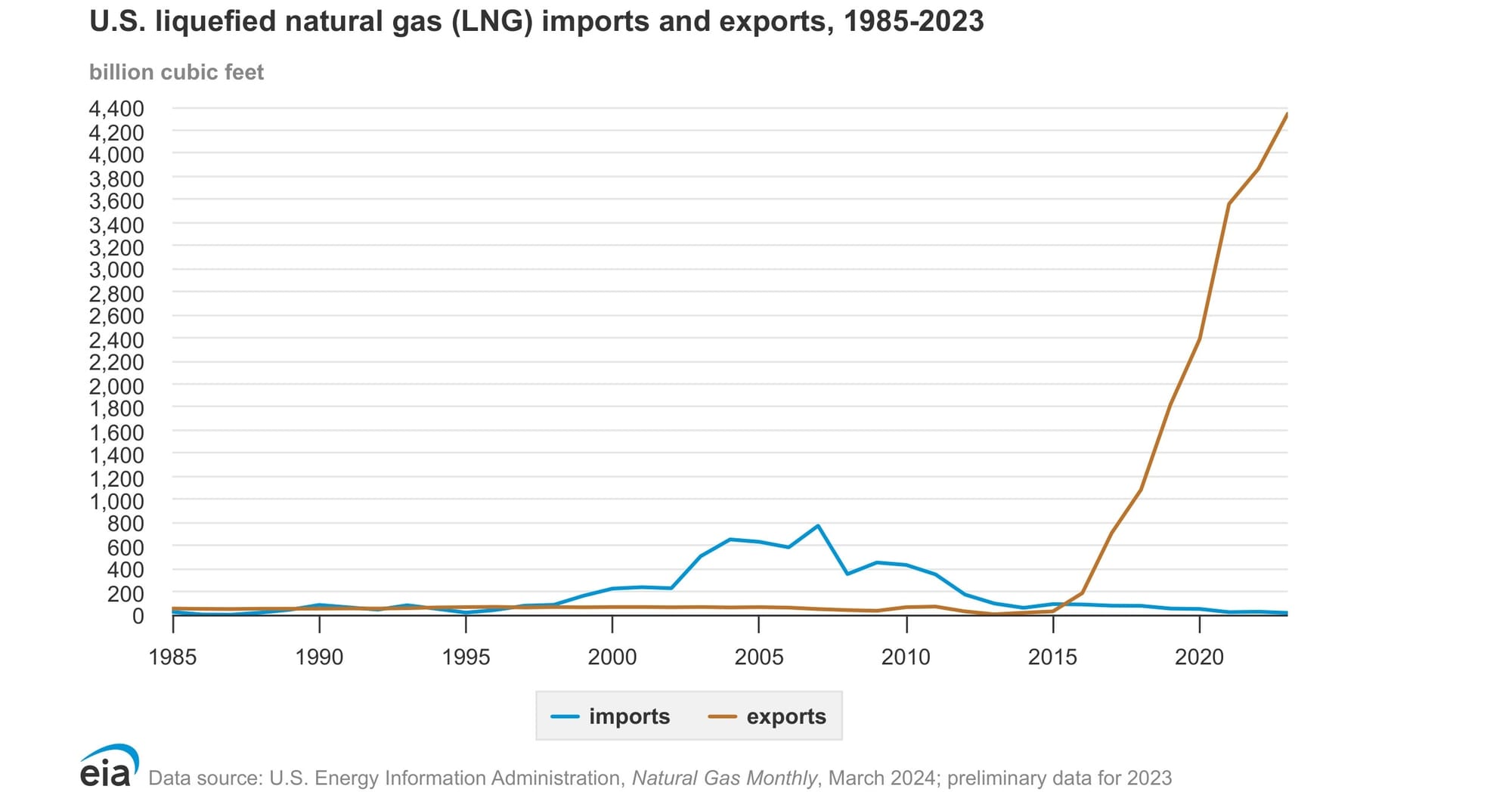
In less than a decade, the United States’ exports of the superchilled methane gas have grown from almost zero to becoming the leading supplier in the world. In January, the Biden Administration issued a pause on approving exports of LNG to some countries to evaluate the impact of the fuel’s export. That decision was overturned by a federal judge in July.
On Sept. 3, the Department of Energy issued its first approval since the pause was lifted, greenlighting a floating terminal offshore in Mexico that will export U.S. gas.
Shortly before she stepped down in June, former FERC Commissioner Allison Clements formally dissented on the CP2 decision made by her two fellow commissioners. She said she could not agree that the 2-1 approval of the project was consistent with public interest because FERC did not “meaningfully assess” the project’s severe impact on the local population or the environment.
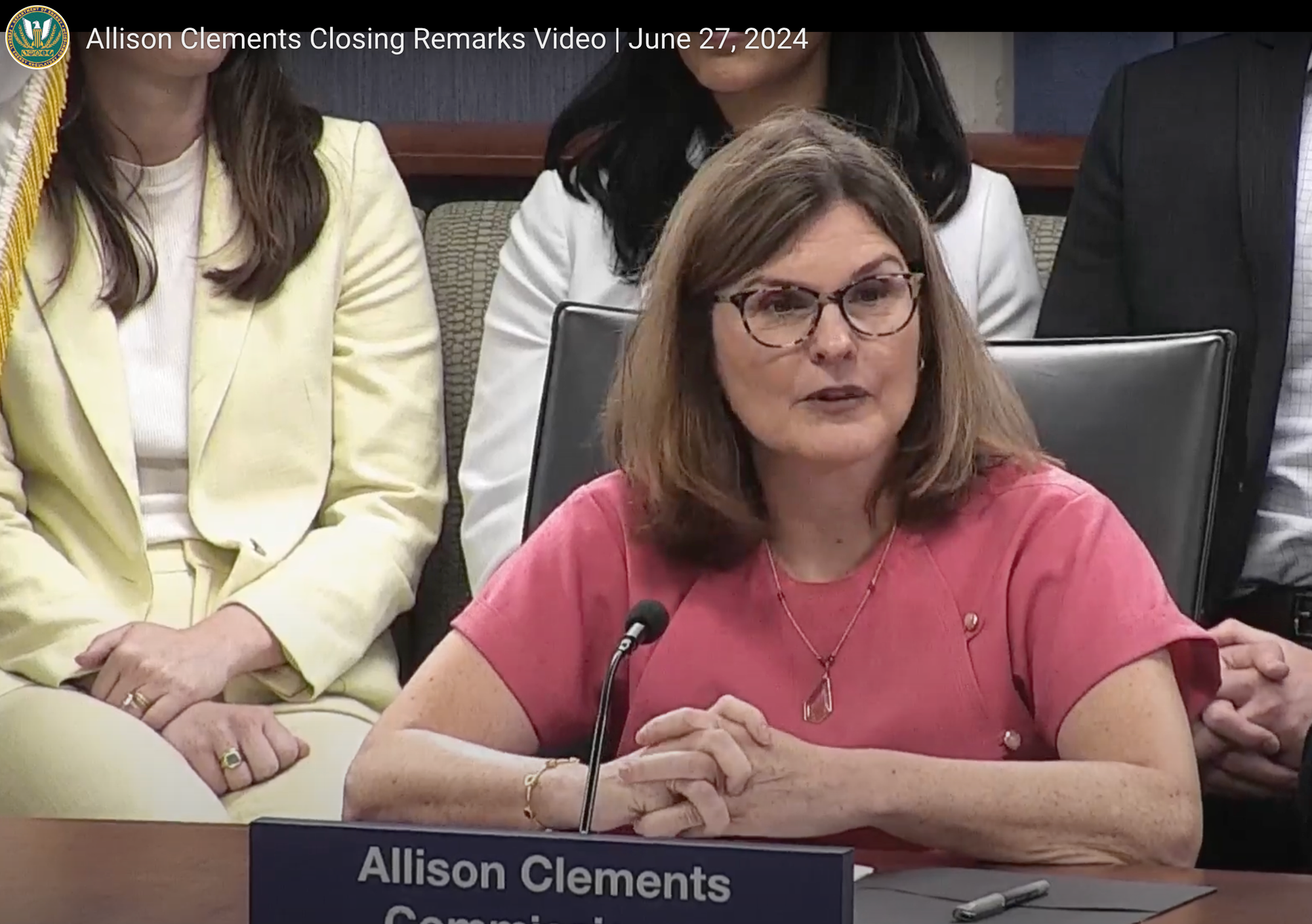
James Hiatt, whose organization, For a Better Bayou, is represented in SELC’s petition, said over the past two years since Venture Global started producing LNG out of its Calcasieu Pass terminal — next to the proposed CP2 facility — the negative effects of the industry have “really been felt,” by the community. Shrimpers and fishers have to go out farther and stay out longer for their catches, he said.
“I heard the (FERC) chairman say, ‘Well, we put on like a hundred-some stipulations on CP2, to mitigate all of this damage,’ ” Hiatt told Floodlight. “You cannot mitigate the potential explosion of a facility or all the ecological collapse that is happening. You can't mitigate that away.”
The effects could be compounded if more of the approved LNG terminals, like CP2, are built, Gibson said, noting, “Seventy-three percent of FERC’s already approved LNG facilities have yet to be built, which is another 19 projects.”
The U.S. Energy Information Administration recently calculated that if all of those approved facilities are built, North America’s liquefied natural gas exports would more than double, from 11.4 billion cubic feet per day in 2023 to 24.4 billion in 2028.
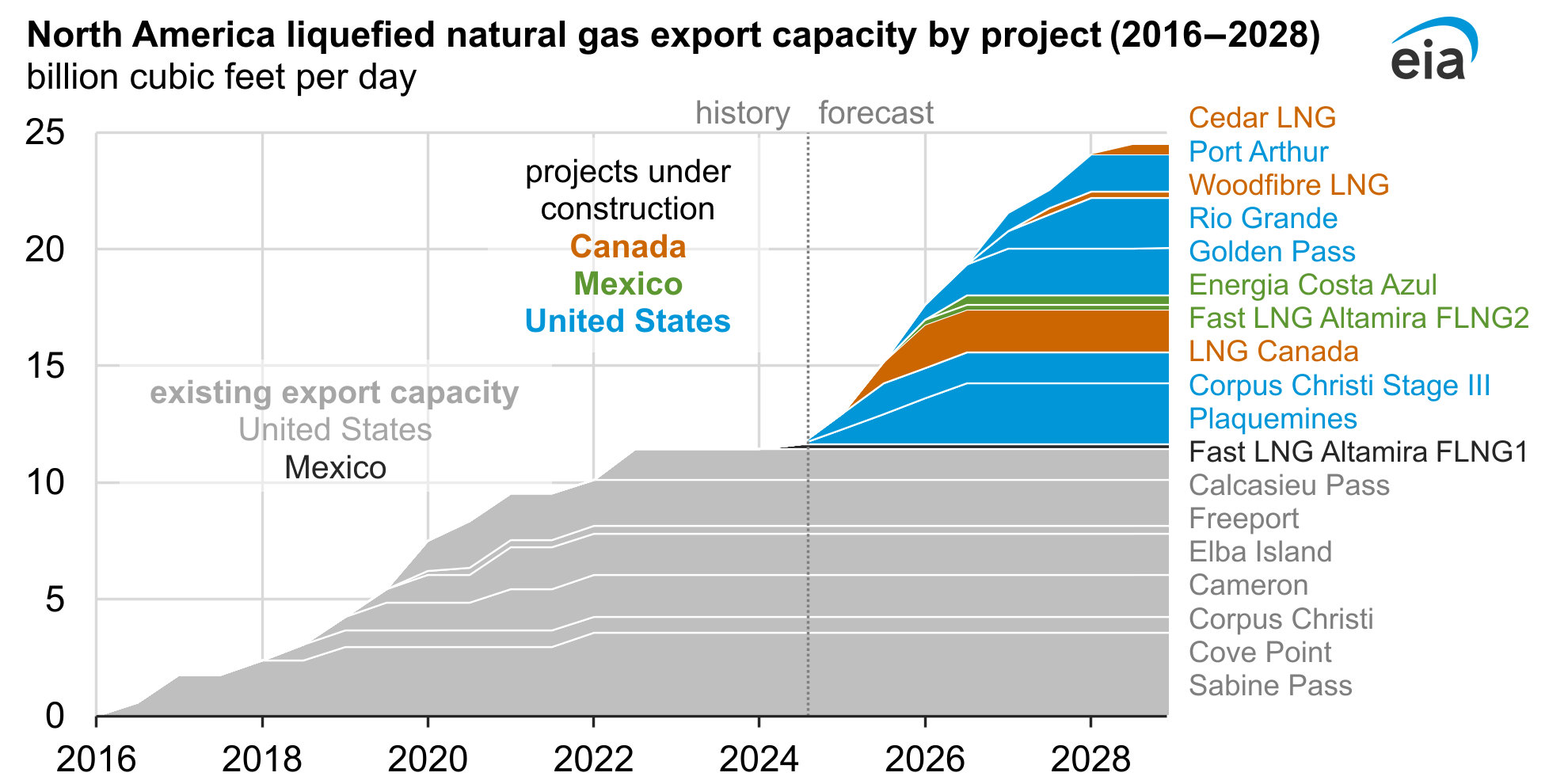
The recent decisions might signal the court is beginning to understand how large and impactful the LNG terminals — some of which are the size of towns — are on surrounding communities, said Elizabeth Calderon, a senior attorney with Earthjustice focused on the Gulf Coast LNG buildout.
“It looks like the D.C. Circuit is recognizing how poor FERC’s decision-making has been and how thoroughly blindered it is to environmental justice and to the people living nearby these monster facilities,” she said.
The nonprofit is not involved in the two petitions but has sued Louisiana over a coastal use permit given to CP2.
“The scale of these facilities,” Calderon said, “is really unlike anything we have grappled with before.”
Floodlight is a nonprofit newsroom that investigates the powerful interests stalling climate action.


